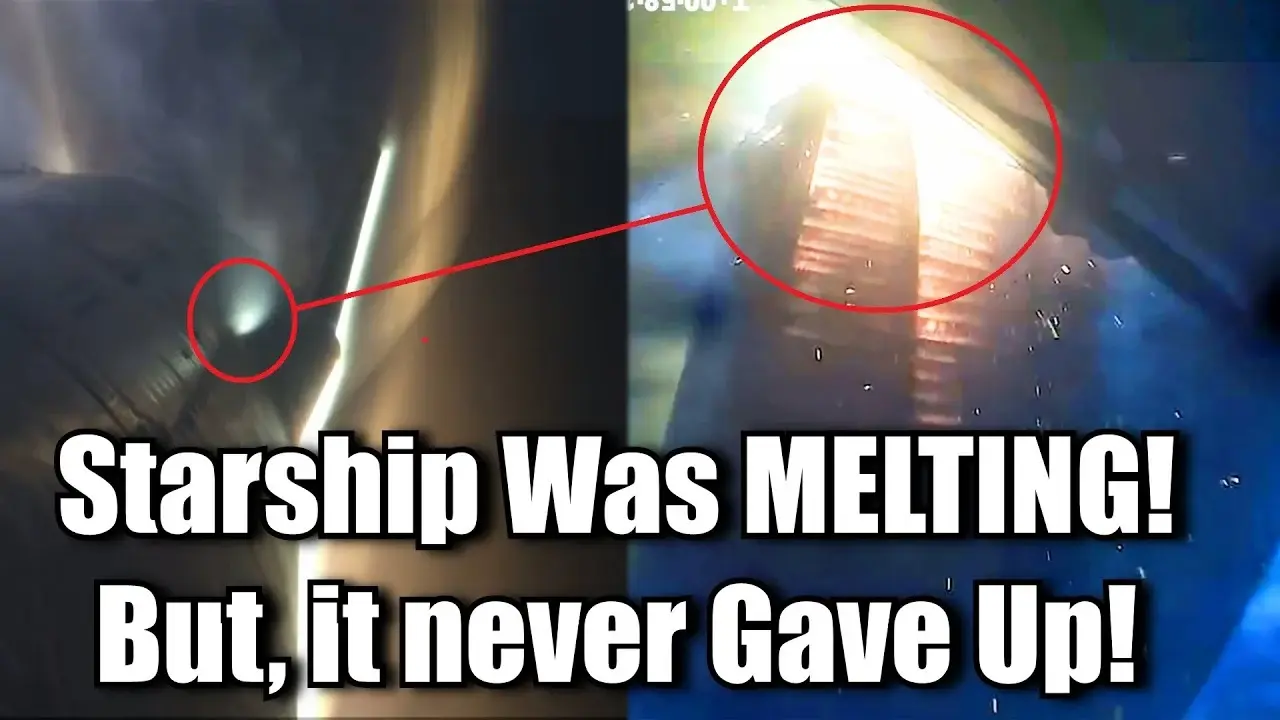

I hate to burst the bubble on the Elon Musk school of ‘what use is stealth when everyone has cameras’ way of thinking, but even neglecting that if you are in a conflict where you are using this sort of fighter jet then your satellites have been shot down by the enemy’s air force, satellite imagery and the laws of physics just doesn’t work that way outside of sifi.
The planet Earth is just too damn big for that sort of thing. The NEO can give you a decently high res photo of a place maybe several times a day, and even that means prioritizing using said satellite to look at that one single place on Earth.
More practically you get once or twice a day, with the resolution necessary to pick out a jet being limited to the small area you picked out ahead of time, and of course the enemy knows to within a half and hour or so when that picture is going to be taken.
AI guided TV missiles have been a thing since the 70s, and still remain only really practical for targets that can’t move very much. Little real world things like size of optics, stability of optics, resolution of optics, atmospheric distortion, cloudy days, night, mountains, horizons, etc, have kept this a non-answer to an unsolved physics problem for quite some time.
This isn’t to say that the military isn’t an incredibly good way of making public money disappear or that the US has it monitory priorities in order, but rather there is very much a reason that the Inspectors General report into this very project several months ago came back with Yes, this is the most cost effective solution for the military to achieve its goal of providing credible deterrence and preventing a war in the Asia Pacific region.
Moreover I would argue that the US has never lacked the money for healthcare or schools because of the military, and that if Trump desolved and fired the entire military tomorrow it would still not spend more on schools or healthcare. Rather I would argue that the US is ideologically driven to generally avoid taxing the people with all the money who own its leaders, it by and large does not want that money bring spent on things that benefit poor people, and many of its voters would rather burn the whole thing down than accept a dime going to a black or brown person.
























You realize that even with a laws-of-physics-perfect-theoretical camera in order for a fighter jet to be even a single solitary pixel it would need a primary mirror well over twice as wide as the SpaceX “starship”, right?
Like launching a keyhole style satellite would require a Sea Dragon just for one pixel per ten by ten meter square.
I get that space is big and most people really don’t understand scale, but there is a reason that optical spy satellites are well below the ISS in some of the lowest stable orbits for such large satellites, about a hundred and twenty times closer than geostationary to orbit.
Suffice to say no one has come close to trying this, and it would be the wrong solution to the problem as compared to just throwing 100 times the money to the NRO and letting them throw up keyholes like they were cubesats, and that still would only get you limited areas every few minutes.
All of this doesn’t effect any of the other problems, like trying to get this imaging down to data centers, doing image recognition on such a massive data stream in near real time, or that it can be completely eliminated in a half hour with a few old fighter jets and some of the anti-satellite missiles everyone down to India has whole stockpiles of.